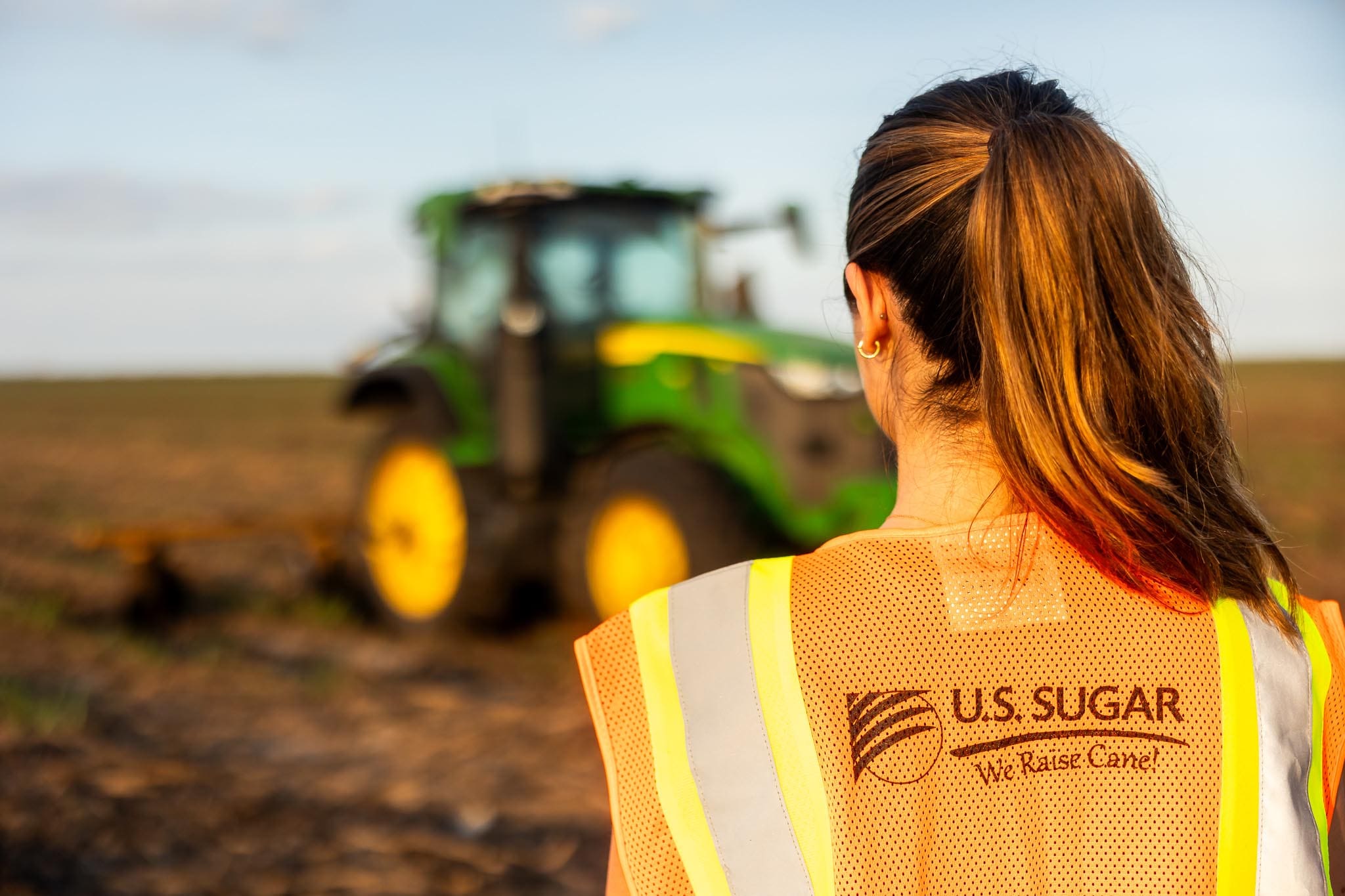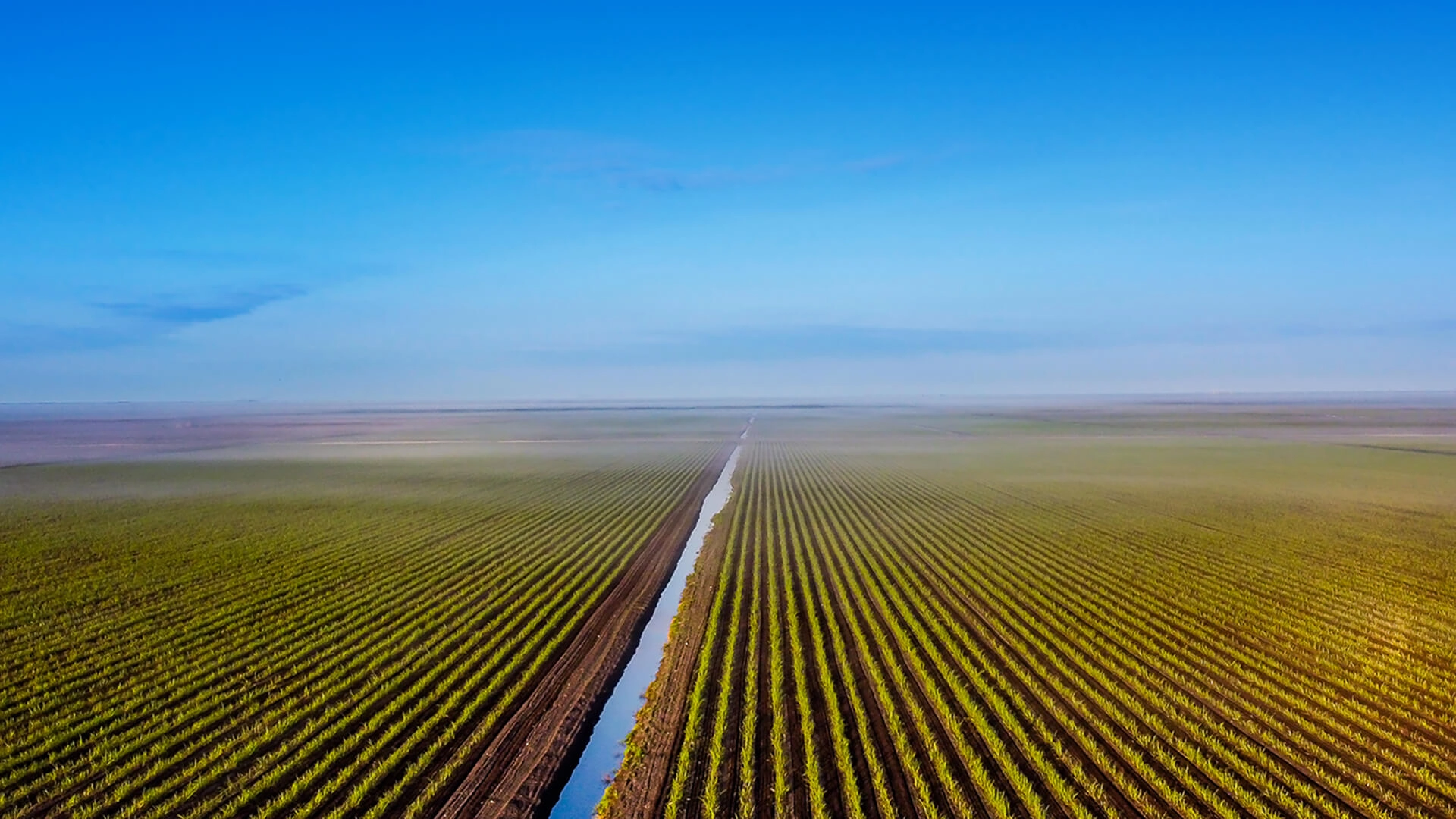Rooted in tradition, powered by innovation.
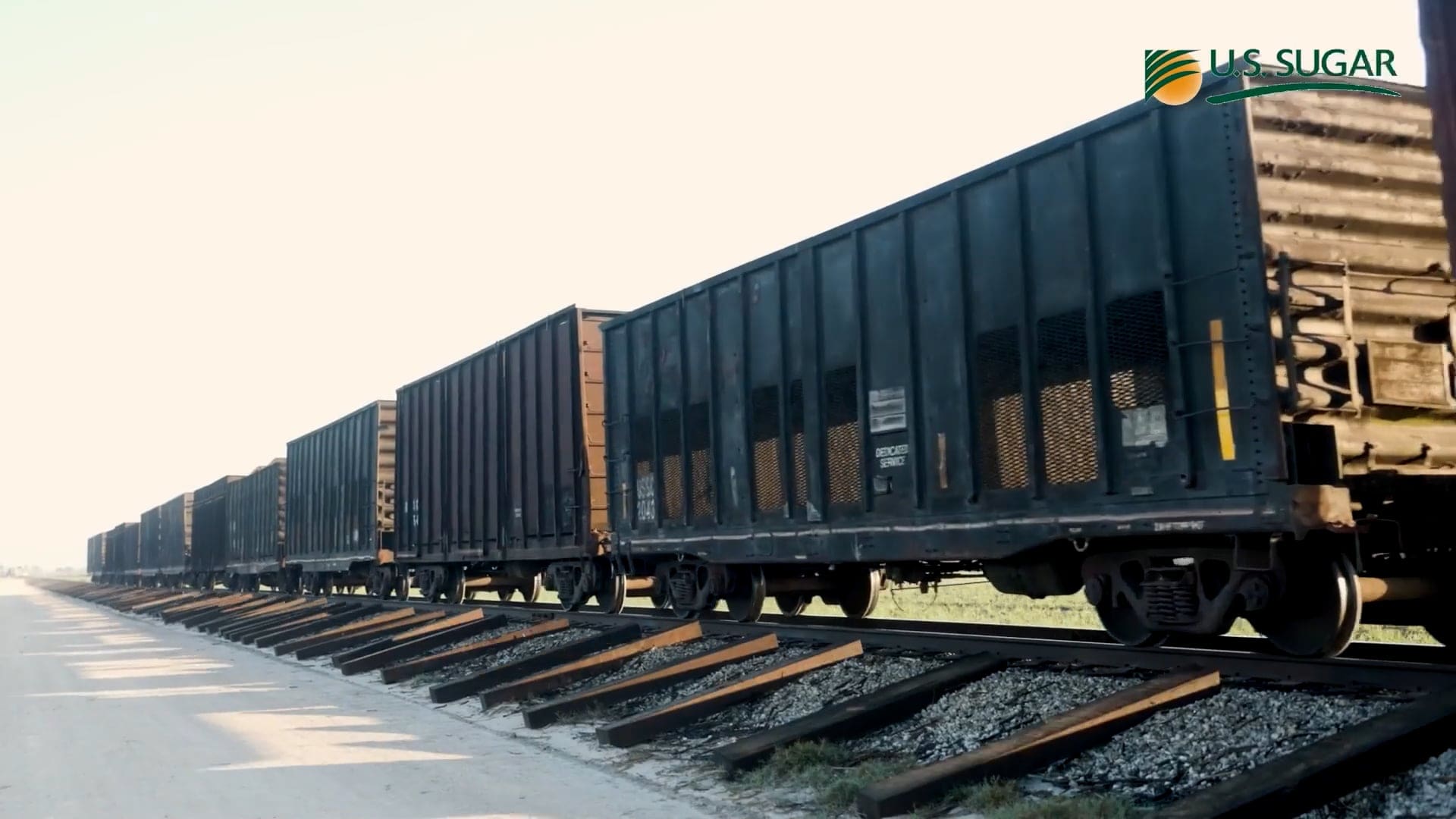
Jimmy Hill TrainmasterI take pride in working where my father and grandfather worked before me.”

Jimmy Hill TrainmasterI take pride in working where my father and grandfather worked before me.”
Who We Are
Guided by our history and driven by progress, we’re committed to farming responsibly, supporting our communities and delivering quality food for generations to come.
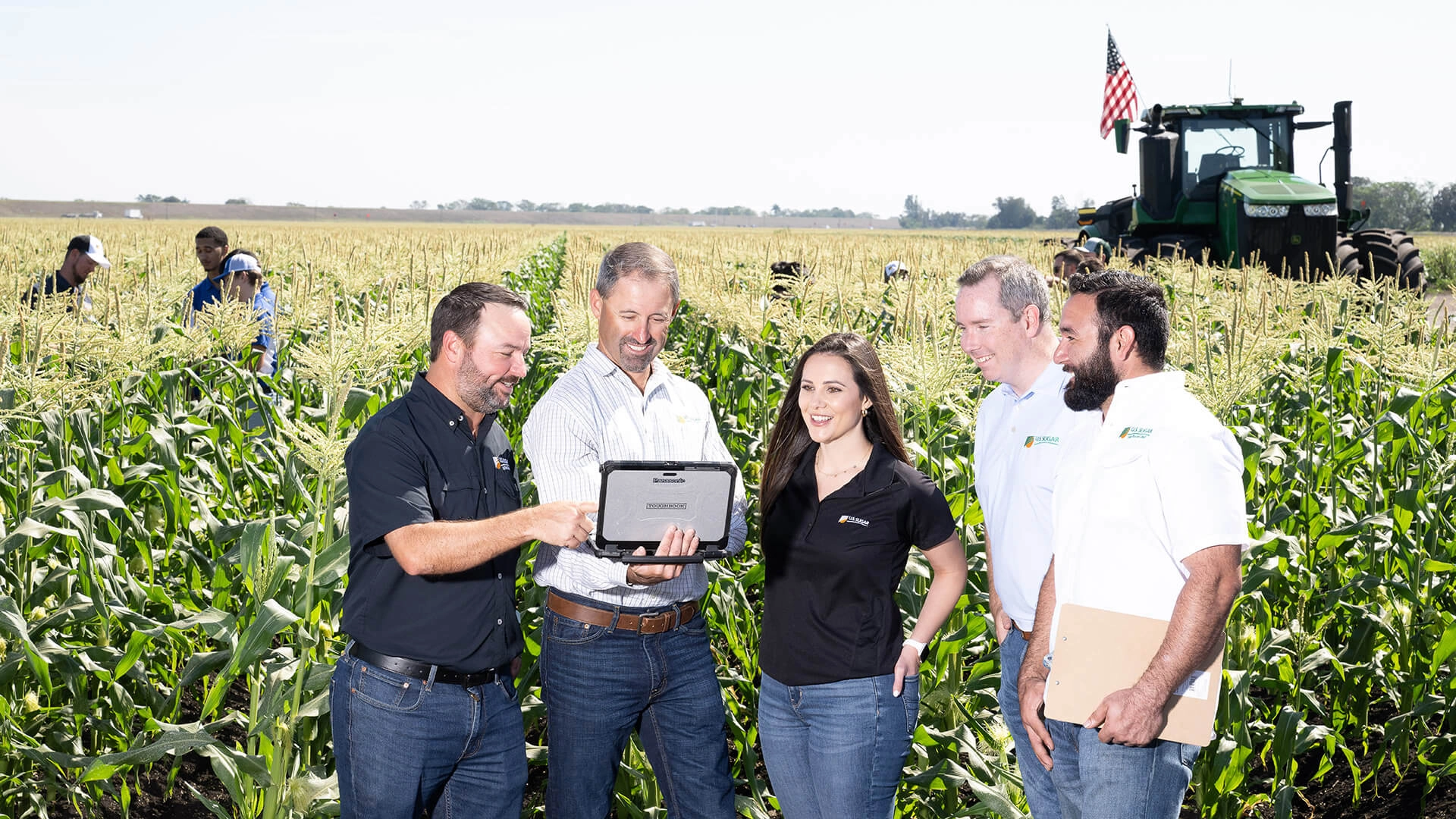
We Are Innovators
We Are Innovators
We embrace technology to make our operations smarter, more efficient, and more sustainable. Our fully integrated sugarcane processing facility—one of the most advanced in North America—helps us deliver high-quality products with less waste and greater precision.
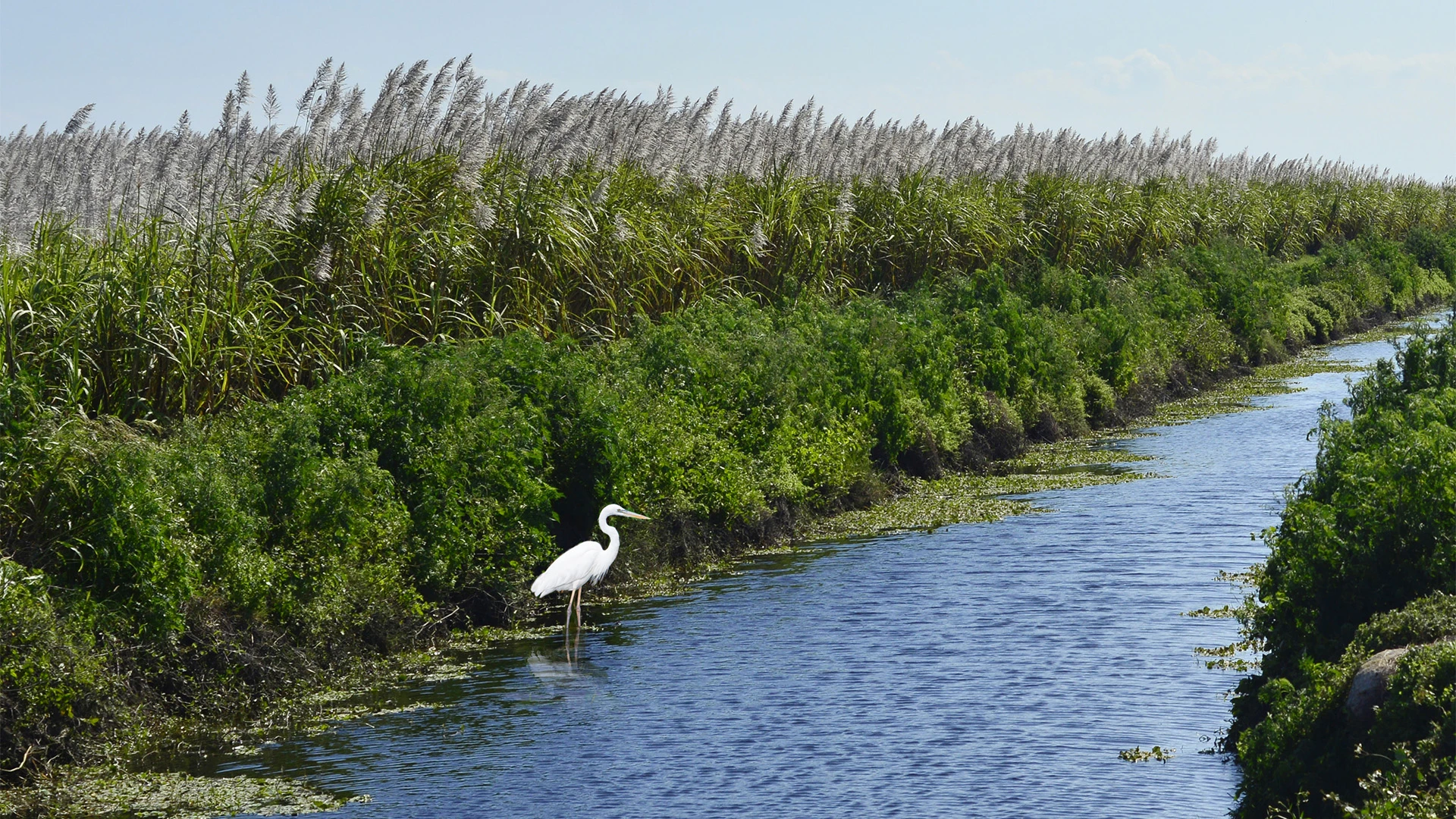
We Are Stewards
We Are Stewards
We farm in the Everglades Agricultural Area, which is home to an abundance of plants and animals. Our clean energy initiative and innovative soil and water management practices help conserve our natural resources, ensuring healthy soil, water and air to sustain wildlife and nurture our crops—today and in the future.

We Are Community Partners
We Are Community Partners
Our roots run deep in the Glades. From volunteering to local giving, we’re invested in the well-being of the people and places that surround us. We’re proud to stand alongside our neighbors to help our communities grow stronger.
Mission, Vision, and Purpose
-
Our Mission: Maximize long-term shareholder value.
-
Our Vision: To be the low-cost producer of high quality refined sugar.
-
Our Purpose: Sustainably feed American families for the next 100 years.
The Values that Drive Us
With a focus on sustainability, innovation and community impact, we live into our purpose to feed American families for the next 100 years (and growing).
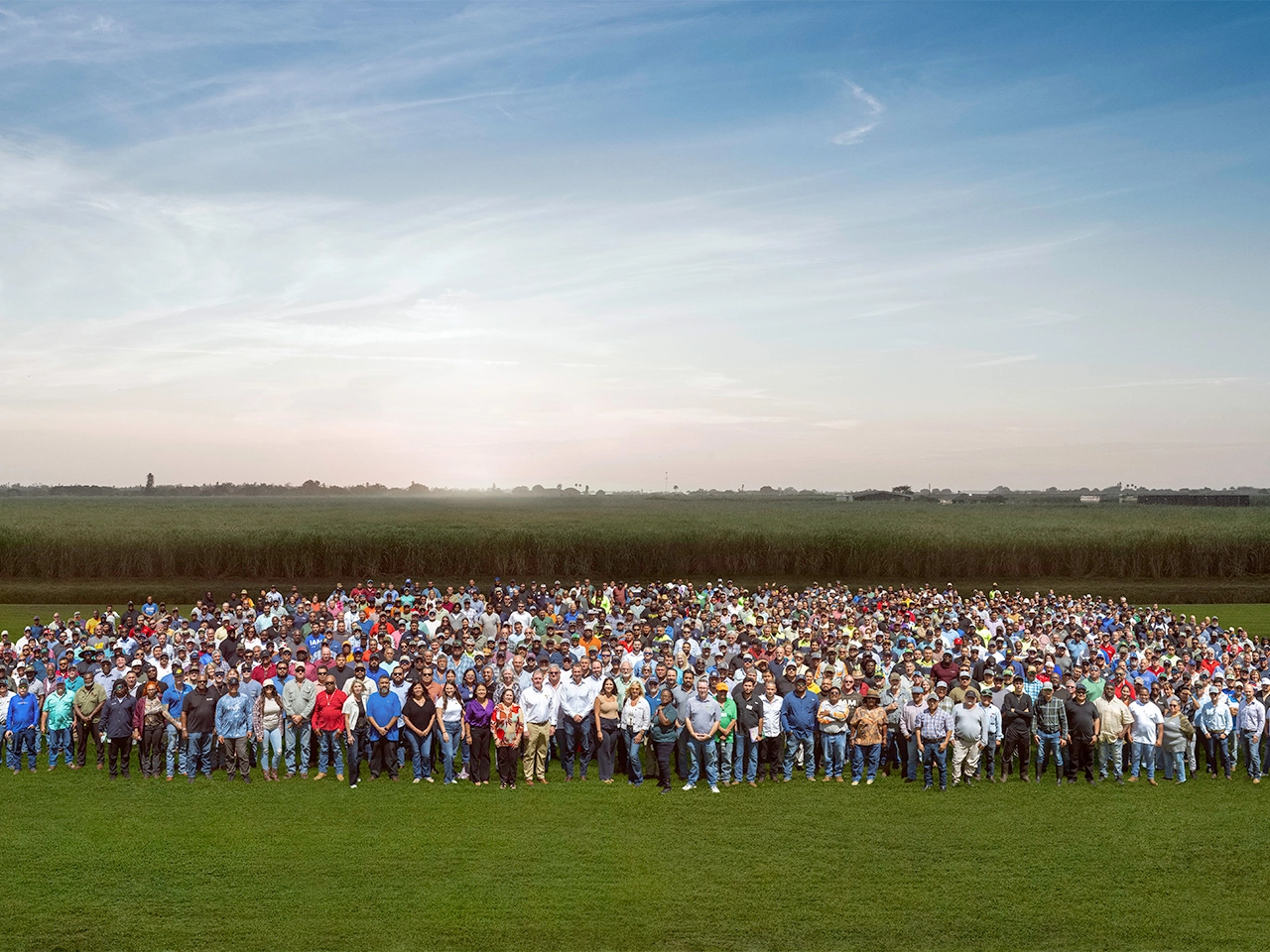
-
Integrity & Trust
We hold ourselves to the highest ethical standards in our actions, and we trust in every employee and partner to do the same.
-
Teamwork
We honor diverse perspectives and strive to have a positive impact on people’s lives through mutual respect and collaboration.
-
Stewardship
We hold an unwavering commitment to our people, our communities and the resources entrusted to us.
-
Excellence
We lead through our commitment to safety and best-in-class operations.
Our History and Legacy
Explore nearly 100 years of planting, growing and harvesting food crops for American families.
The Beginning
In 1897, Charles Stewart Mott graduates from Stevens Institute of Technology and joins his family’s tire business. He later trades his stake for General Motors stock, becoming a GM Vice President and Board Member.
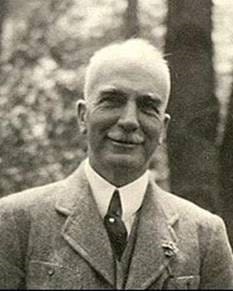
Founding U.S. Sugar
In 1931, Mott purchases the assets of the failed Southern Sugar Corporation in Clewiston, Florida. He renames it United States Sugar Corporation and begins building a new future for American agriculture.
In 1932, U.S. Sugar’s first harvest yields:
- 292,228 tons of sugarcane
- 47 million pounds of sugar
- 1.8 million gallons of molasses
With the help of experts from Louisiana, Cuba, and the West Indies, Mott solves key growing challenges and develops cane varieties suited to Florida’s soil.
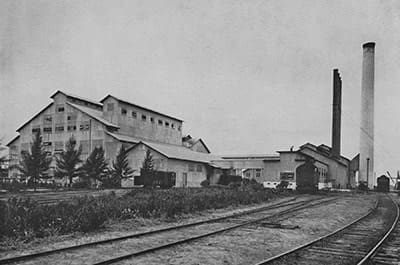
Innovation & Expansion (1950s-1960s)
- In 1959, a new sugar mill opens on Lake Okeechobee.
- The revolutionary self-propelled cane loader is introduced.
- Rubber tires replace steel, cutting transport times by 80%.
- In 1962, the Bryant Sugar House opens, the most modern mill of its time.
- U.S. Sugar’s research drives efficiency, helping offset Cuban sugar shortages.
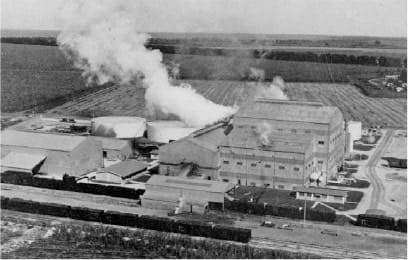
Diversification & Leadership (1970s–1980s)
- Sugarcane acreage grows, and corn is added as a cash crop.
- Research leads to disease-resistant cane varieties.
- In 1973, founder Charles Stewart Mott passes away. His son, C. S. Harding Mott, takes the reins.
- Despite Hurricane David in 1979, U.S. Sugar harvests nearly 2.9 million tons of cane.
- By the 1980s, U.S. Sugar is Florida’s leading sugar producer, and the state becomes #1 in U.S. cane sugar production.
- The company expands into cattle, citrus and vegetables, acquiring South Bay Growers.
- A 120-mile private railroad system connects fields to mills.
- U.S. Sugar pioneers GPS technology, pest management, and cellular biology in agriculture.
- In the mid-1980s, employees become the company’s largest shareholders through an Employee Stock Ownership Plan (ESOP).
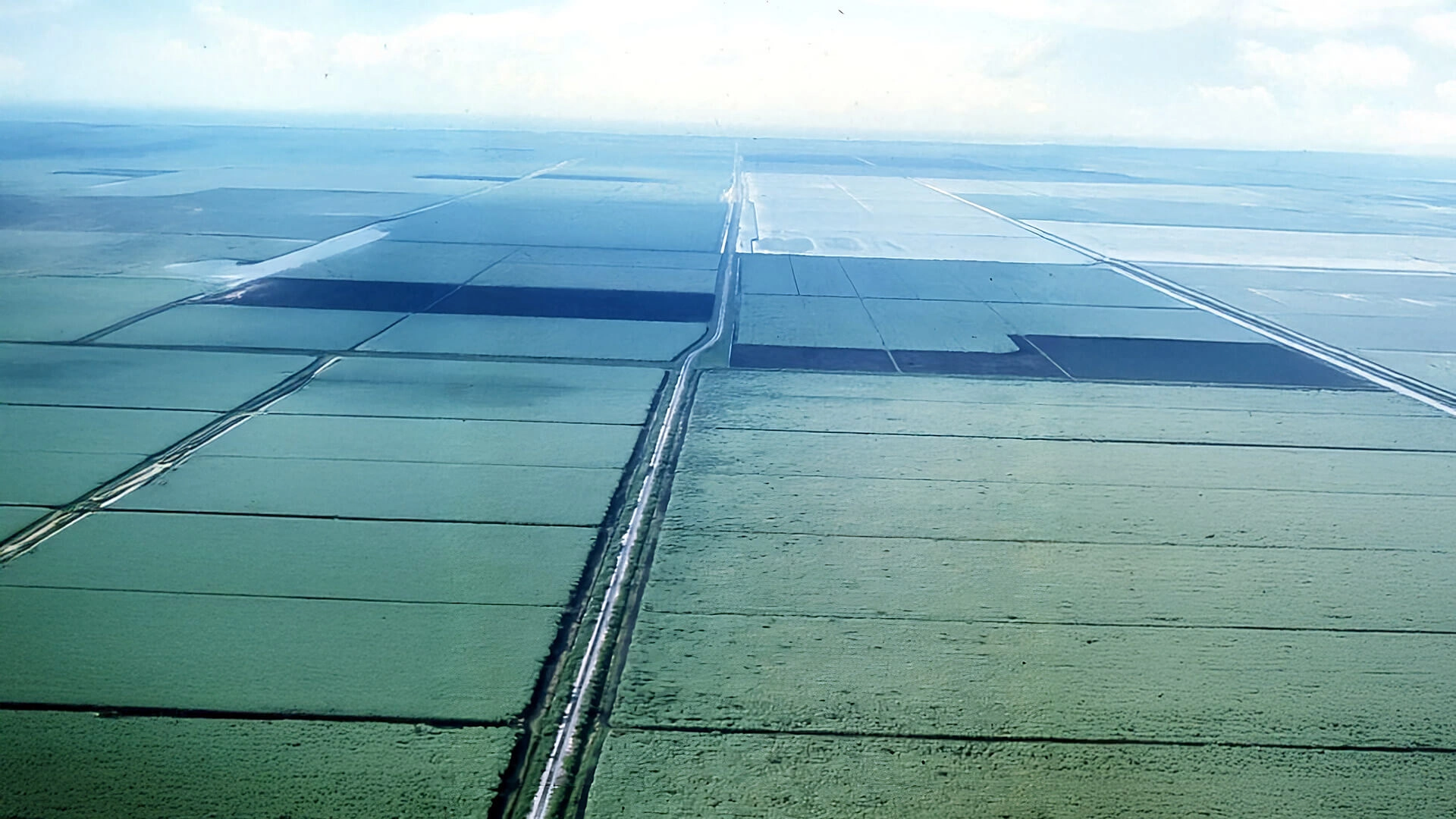
Modernization & Citrus Expansion (1990s–Today)
- U.S. Sugar becomes the first fully integrated cane sugar operation, from field to consumer.
- In 2002, a $2.5 million refinery expansion adds liquid sugar capabilities.
- Southern Gardens Citrus grows to 32,000+ acres.
- In 2008, the Clewiston facility becomes the world’s largest vertically integrated cane sugar mill and refinery, processing up to 42,000 tons of cane per day.
- In 2010, 26,800 acres are sold to the South Florida Water Management District for Everglades restoration.
- Today, U.S. Sugar farms 245,000 acres of some of America’s most productive land, sustainably and efficiently, leading in best management practices for land and water conservation.
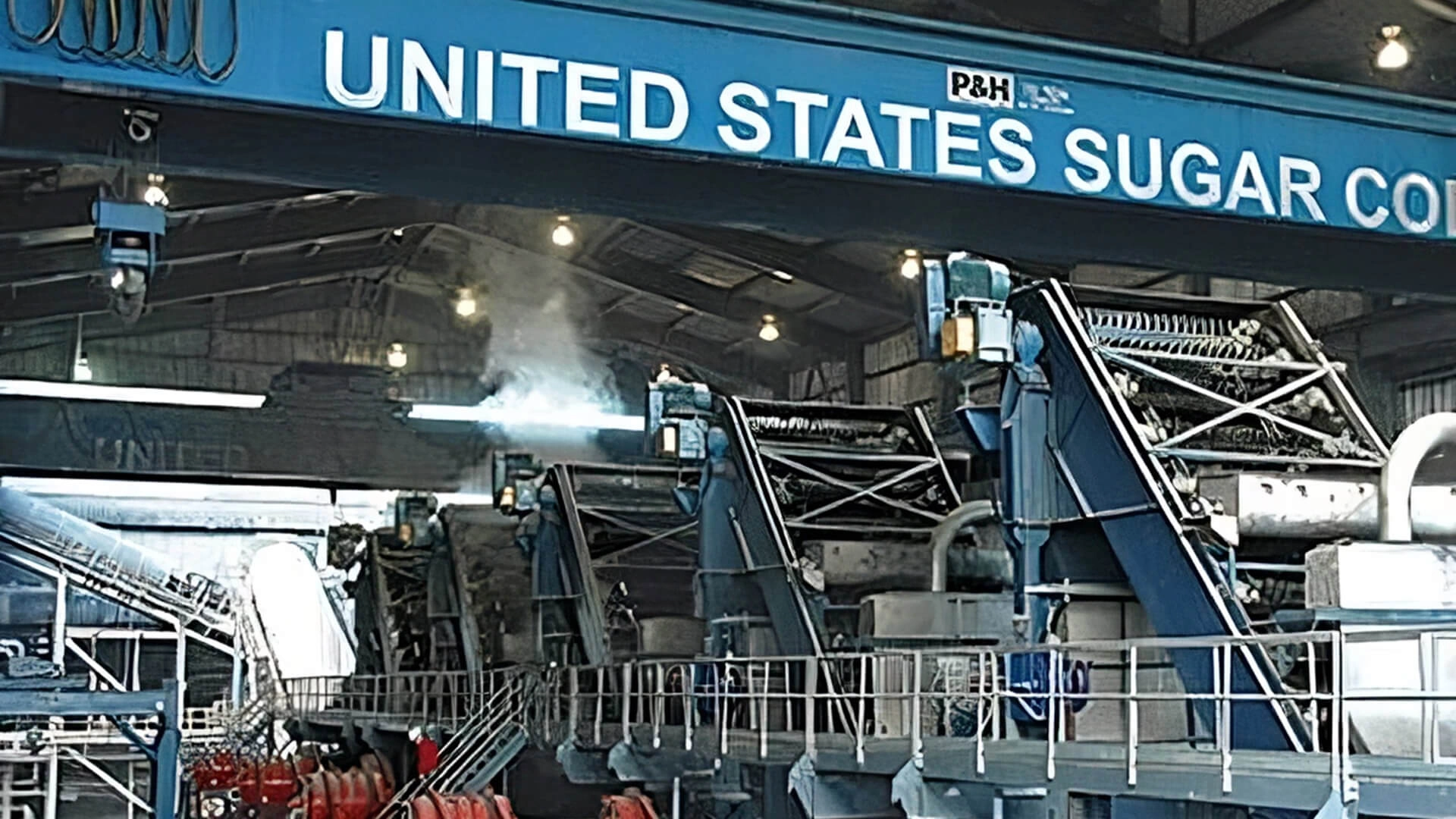
Our Values in Action
Every day, our dedicated team keeps over 300 miles of track running smoothly to move sugarcane safely from field to mill. For Trainmaster Jimmy Hill, this work is a family tradition carried on from his father and grandfather at U.S. Sugar.
